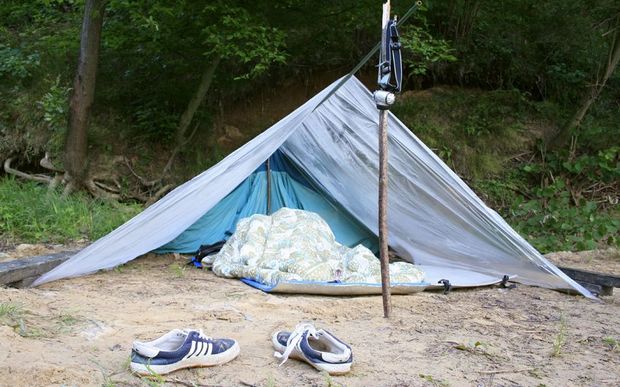First published:
Jan. 30, 2002
A proposed unofficial coalition of heritage groups in West Northumberland is the seed of a great idea. Former Cobourg Mayor and historic preservation activist Joan Chalovich is leading a proposal to have several organizations from Port Hope, Cobourg and Grafton collaborate rather than compete against each other to save local history and culture.
A shortage of funds and dwindling volunteers has left local museums and historic conservation groups struggling. Museums like Dorothy’s House and Barnum House scrape by each year, running programs mostly on weekends and only for tourists in the summer months.
The Port Hope and Cobourg local architectural conservation committees also struggle. With weak provincial legislation favouring developers, not preservationists, it is a losing battle. The only power these committees have is the power of persuasion. Developers merely wait out the time limits on demolition permits and they can destroy heritage buildings instead of saving them.
The list of lost buildings is long – more so in Cobourg. The Lydia Pinkham building on University Avenue, St. Michael’s Rectory on Division Street, the D’Arcy house on D’Arcy Street, and the Chateau Hotel on King Street, are only a few. Recently, Whitehall came within a hare’s breath of seeing the wrecking ball. Fortunately, it will be saved.
Certainly, the coalition has merit. A united voice from West Northumberland would serve the community well by providing much needed muscle in some of the tougher fights to save buildings. Having the clout and expertise of these diverse groups would be invaluable and hard to dismiss.
But the greatest asset would be the ability to apply for funding from various levels of government and private foundations. Rather than each organization or museum applying for small sums of money, a comprehensive plan could be developed and larger amounts of money could be sought. This then could be divvied up.
Just ask the Cobourg Museum Foundation about the trials and tribulations of getting funds. It recently received $25,000 for its work in trying to restore the military barracks on Orr Street.
That is not the only example. No doubt the boards of directors of Barnum House and Dorothy’s House could tell of their Herculean efforts to raise funds.
Since county council walked away from its commitments to support Barnum House in the early 1990s as a county museum, it has faced great hardship. At one time, Barnum briefly had a curator, who was never replaced. Once the county cut funding to the museum, it was left to the board of directors to keep it going. After some pretty lean years, it has slowly rebounded. Its afternoon teas and summer children’s programs are wonderful.
This alliance of organizations should think big. Rather than just co-ordinating West Northumberland, it might think about such an initiative for the entire county. It might even want to include Proctor House and private museums like the airplane museum in Campbellford and the railway museum in Brighton.
A master plan would provide a solid document that could direction overall to ensure none of these fine groups would fall by the wayside. It might also give some cohesion to activities and promotion of the various historic aspects of Northumberland.
By pooling their efforts, it might be able to get a grant to hire a curator that could work on everyone’s behalf. Off-season programs could be developed. Important work could be done. Maybe even a few touring displays from larger centres could be booked for the county – something Barnum has done in the past.
The group should not limit itself to preservation, but also include education as part of its mandate. Maybe a resource package could be developed for schools that would include all these fantastic buildings, people and places. Trips could be booked and the museums could be opened to the children. Because volunteers run so many of these groups, the museums are not open to schoolchildren on a regular basis. Some municipalities might even be willing to fork out a few buck to have their material included in such a teaching tool.
Chalovich is well respected and ideally suited for the task. Besides her political background, she has worked for heritage groups before. Her family has a long history in Northumberland and she is highly committed. While she is acting as chair of this informal, unofficial group, there are some very capable people who could support this idea. With the proper champions, this may be a fantastic opportunity to ensure future generations don’t forget their past.


